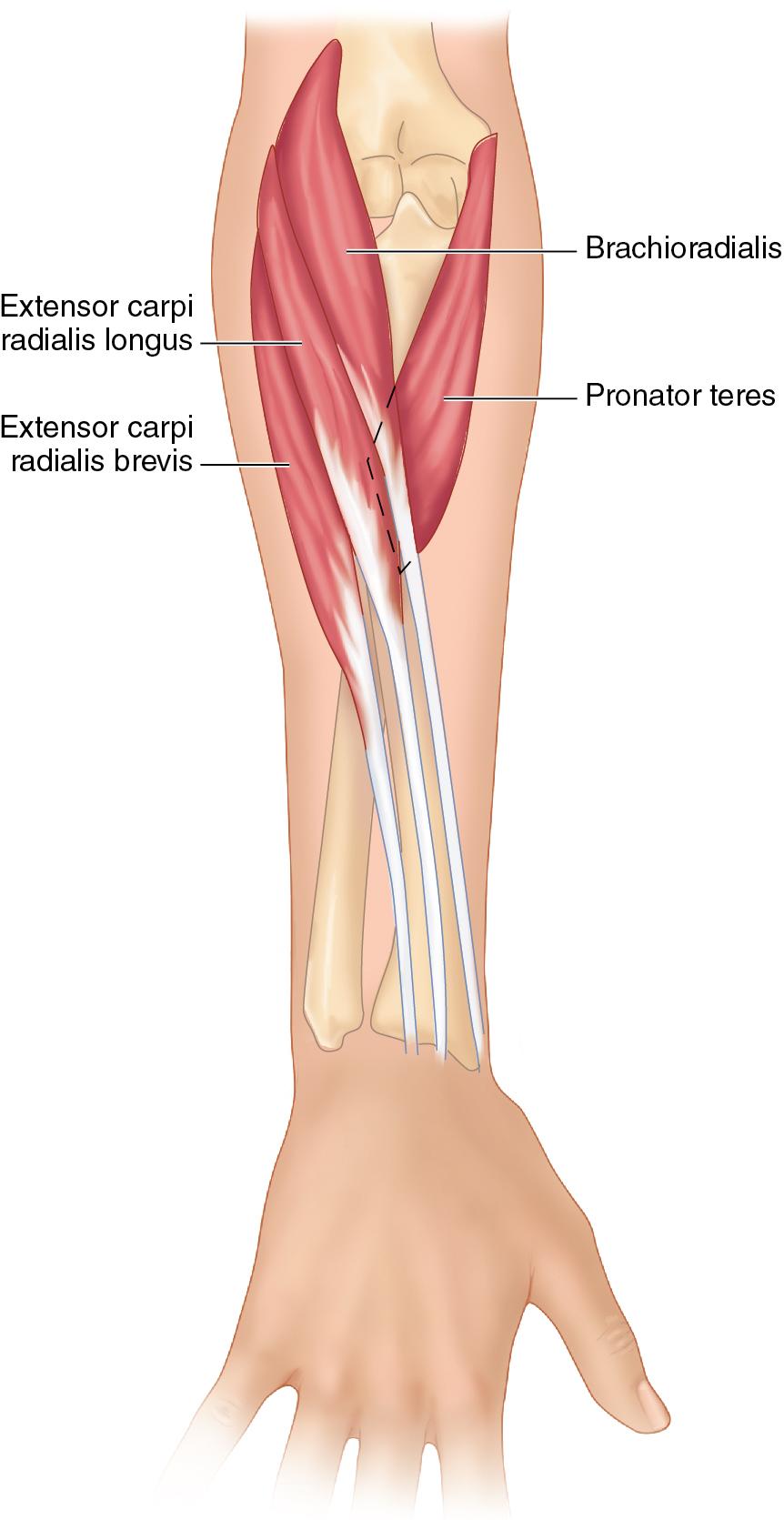Physical Address
304 North Cardinal St.
Dorchester Center, MA 02124
After restoration of elbow extension, wrist extension is next on the reconstructive ladder for tetraplegic patients. This procedure is suitable for International Classification of Surgery of the Hand in Tetraplegia Group 1 patients who have available brachioradialis (BR) but lack wrist extension.
The ability to extend the wrist facilitates passive finger and thumb flexion via the tenodesis effect; this puts the thumb and index finger in an optimal position for lateral pinch and the remaining fingers in position to grasp.
Additionally, wrist extension assists patients with significant flexion contracture in performing hygiene at the crease.
Wrist extension is often combined with other thumb stabilization procedures, including carpometacarpal (CMC) arthrodesis and flexor pollicus longus (FPL) rerouting.
An organized examination of the entire upper extremity is performed. See Chapter 69 : Tendon and Nerve Transfer for Spinal Cord Injury for details.
To assess BR strength, the patient places their forearm in a neutral position between pronation and supination. The patient flexes their elbow against resistance while the muscle belly is palpated. A tight muscle belly of Medical Research Council (MRC) Grade 4 or higher is suitable for transfer.
Electromyography can be performed if the examination is unclear or if there is concern for spasticity. It is not absolutely necessary with a confident clinical examination.
The BR originates from the lateral supracondylar ridge of the humerus and inserts onto the radial styloid. Its vascular supply is from the radial artery, and it is innervated on its deep surface by the radial nerve above the elbow ( Fig. 71.1 ).

The radial nerve runs along the deep surface of the BR above the elbow and then divides into the deep radial nerve and superficial sensory branch of the radial nerve (SBRN).
The SBRN runs along the deep surface of the BR until approximately 7 cm proximal to the wrist, where it pierces the BR fascia and is more superficial in the forearm. It provides sensation to the dorsoradial portion of the hand and to the thumb.
The extensor carpi radialis longus (ECRL) originates from the lateral supracondylar ridge of the humerus and inserts on the base of the index finger metacarpal. The extensor carpi radialis brevis (ECRB) originates from the lateral epicondyle and inserts on the base of the long finger metacarpal. The ECRL is innervated by the radial nerve proximal to its division (above the elbow) and the ECRB is innervated by the posterior interosseous nerve.
Become a Clinical Tree membership for Full access and enjoy Unlimited articles
If you are a member. Log in here